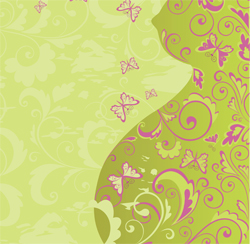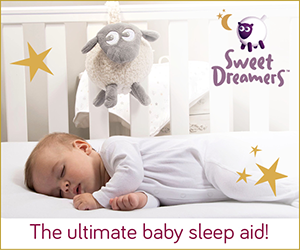Childbirth: The Making of a Woman into a Mother

It can be hard to understand what is right for you when there is a constant opinion about the right way to experience childbirth. If you are planning your pregnancy and childbirth, here are some important questions to ask yourself: How do you know if having a hospital birth is safer than a home birth? Do you hire an Obstetrician or a Midwife as your primary caregiver for your pregnancy and childbirth?
The answer to these questions is to make empowered informed choices. Do this by researching and speaking with professionals from diverse backgrounds. This will help give you more trusted professional information rather than relying on the personal experiences of your family and friends.
The truth is, every woman experiences childbirth in a unique way and handles her emotional, physical and mental challenges differently.
Let’s take a deeper look into childbirth: techno-childbirth and natural childbirth.
Techno-childbirth
Techno-childbirth is a technology and intervention (non-emergency) based childbirth. Some childbirth experts say that widely used technologies such as ultrasounds and fetal monitoring start birthing mothers down a road of one medical intervention after another. This chain of events often begins with inducing labour, by either breaking the amniotic sac or administering drugs, instead of waiting for birth to start on its own.
Inductions allow patients and doctors to control the timing and circumstances of delivery. Often, due to the intensity of contractions, this will lead a woman to take anesthesia (epidural) for pain control. Once this epidural is taken, the child-birthing
mother is forced to lie on her back for hours until it is time to push. Some babies cannot make it past their mother’s pubic bone, get stuck and may experience stress. This unfortunately can lead to the most extreme and expensive intervention of childbirth; a csection.
Did you know that we live on a continent with some of the highest c-section rates and use of technology for childbirth? What do you think is the biggest factor that drives medical intervention? It is the fear that the baby or mother will suffer a tragic outcome during a vaginal birth. The risk of those events is extremely low, but the emotional consequences and legal risks are enormous.
Now don’t get me wrong, in some cases, where a woman is leaking amniotic fluid for hours, experiencing premature labour or any
other emergencies, the use of medical intervention has proven to be successful at keeping both mother and child safe and alive.
In my opinion, medical interventions should only be used as needed and not as routine.
Natural Childbirth
The fear of pain and birth complications all block the pathway to a woman having a natural childbirth. Childbirth is not supposed to be a form of suffering. You must use comfort measures that are there to cope with pain and be well supported with love and care by your partner, family, medical staff, midwife and doula. It is important to educate a woman about her body and promote confidence in her so that she can give birth, breastfeed and care for her newborn baby. Women learn about themselves through childbirth, it is a natural part of life for childbearing women.
A woman’s body will produce hormones to help her get through labour. Her body will release endorphins to calm and provide pain relief, giving her a euphoric feeling after birth. When a labouring woman is calm and relaxed, her body produces a hormone called oxytocin. This is involved with love making, fertility, contractions during labour and birth, the release of milk for breastfeeding, helps her to feel good and triggers nurturing feelings and behaviours. When in stress, her body will release adrenaline, a hormone used for survival. This will slow down and even stop labour. You see, a woman’s body knows what to do at the right moment given the right environment for her to feel safe, confident and empowered.
Ina May Gaskin, a well respected midwife, author and activist stated in the article, The Universal Aspects of Childbirth, that although there are a lot of similarities between humans and other mammalians, “there is one very fundamental difference in this respect between human beings and animals. Only human beings are able to worry about the future, to know beforehand that pregnancy is followed by labour, that labour can be dangerous, that it will give rise to the birth of a new individual, that the child can be deformed and handicapped, and so on and so forth.” Ina May also states that, “anxiety and fear made pregnancy and childbirth for human beings more difficult than for others.”
This is not intended to pressure you into having a natural birth, but to inform you that you have choices and your choices should be made out of knowledge and not fear. Childbirth is not just about the birth of a child, but making a woman into a mother.
Nicole Nifo is a Registered Massage Therapist, Infant Massage Teacher, Certified Pediatric Massage Therapist and Birth Doula. To find out more visit: www.FullyAliveCentre.com.
 |



